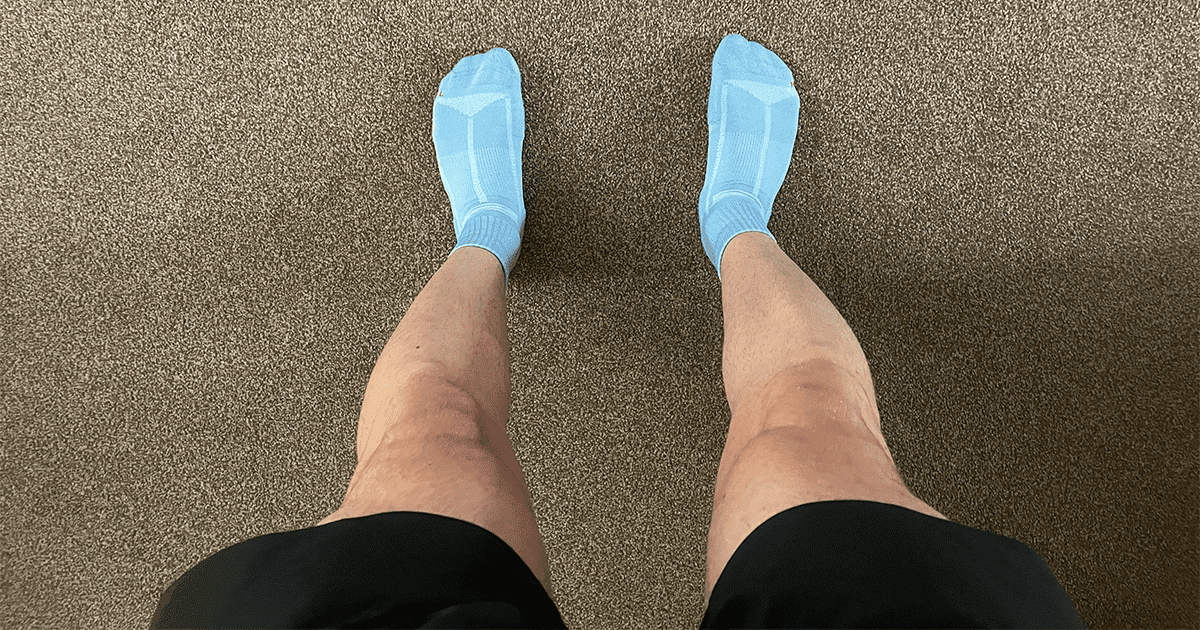Running in the 90s: what we can learn almost two decades on
We discuss what we can learn from running in the nineties; almost two decades on.

Welcome to the 90s, the time before Liam and Noel Gallagher hated each other, and the spice girls were in full swing. But what did this mean for running? In this article, we dive into what we can actually learn from being a runner back then – making for quite the discussion.
Running by feel
Gone were the days of GPS watches and smartphone apps. Running in the 90s was majority done by feel, runners weren’t concerned about their pace per mile, mile splits, or 5k time – instead they were concerned with one thing Forrest Gump wouldn’t shut up about “I just felt like running.”
Runners would only know their elapsed time if running with a stopwatch or running with a coach. We’re not suggesting running every run without your fancy details, but we are advising you to leave the watch/smartphone at home once in a while.
Tracking your training the old fashioned way
Training in the 90s nobody used the likes of training apps such as Strava or Nike Running, they simply weren’t around. Instead, runners tracked their runs in a little book or on paper.
Although the introduction of these new training apps is more convenient, they may actually be cheating you out of writing down all your training information. It’s easy to title your run and provide a brief description (which others can see), but is what you write the complete truth?
Tracking your training on paper allows you to be completely honest with yourself – allowing for no social comparisons (a big problem in the modern world).
Not to overthink every aspect of training
Much less was known about running and training in the 90s. Yes, it’s much better now that technology and our knowledge has grown massively on the topic, however, are we not overthinking many aspects of training?
Runners in the 90s ran, stretched and did the occasional bit of strength training. Nowadays we foam roll, receive countless massages, and purchase dozens of new trainers not to be run in, and for what? The hope of becoming faster?
While we’re not advocating undergoing other aspects of training, we are suggesting that with more research comes with further elements of training to focus on. However, does this not actually distract us from focusing on what really matters?
We recommend taking a look at your current training and analysing at what you are currently doing. Not only can this save you valuable time, but it can also help you reconsider what really matters and should fit into your training schedule.
To summarise
While we’ve certainly learned much more since the 90s, there are definitely some aspects we can integrate back into our training. Consider leaving your GPS watch at home once in a while, tracking your training on paper, and reconsidering the various training aspects we undergo daily.

Matthew is a lifelong runner, chief tester of all products, the founder of Running101, and freelance content writer for active brands. When he’s not writing, he enjoys lifting weights, cycling in the Lake District, and watching fast cars drive in circles on a Sunday. He also has a BA in sport, exercise and physical activity from the University of Durham.




